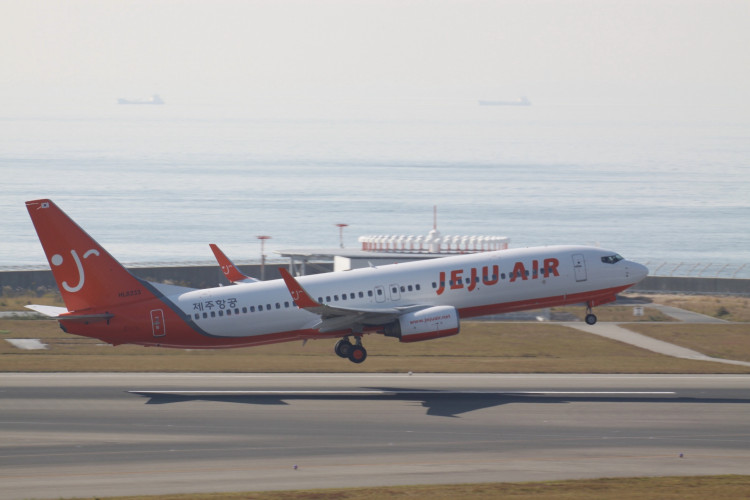The investigation into South Korea's deadliest aviation disaster in nearly three decades has taken an unexpected turn, with authorities revealing that the black boxes from Jeju Air Flight 7C2216 stopped recording crucial data approximately four minutes before the plane's catastrophic crash.
The December 29 flight from Bangkok to Muan International Airport ended in tragedy when the Boeing 737-800 belly-landed, hit a concrete embankment, and exploded into flames. The disaster claimed 179 lives, leaving only two survivors among the passengers and crew.
South Korea's transport ministry disclosed on Saturday that both the cockpit voice recorder (CVR) and flight data recorder (FDR) failed to capture the final moments of the flight. Investigators are now grappling with the task of piecing together what led to the crash without the complete black box data.
"CVR and FDR data are important data for accident investigations, but accident investigations are conducted through investigation and analysis of various data, so we plan to do our best to accurately identify the cause of the accident," the ministry said in a statement.
The damaged flight data recorder was sent to the U.S. National Transportation Safety Board (NTSB) for further analysis after local authorities were unable to retrieve data due to a missing connector. Meanwhile, the cockpit voice recorder was initially examined in South Korea before being transferred to the U.S. for cross-verification.
A preliminary review revealed that the pilots had issued a mayday call citing a "bird strike" and initiated a go-around maneuver shortly before the crash. However, instead of completing the maneuver, the aircraft took a sharp turn back toward the runway and landed without deploying its landing gear.
Footage from the scene confirmed that the front and rear landing gear were not visible during the crash landing. Experts are now investigating whether a malfunction in the landing gear contributed to the tragedy.
Another area of scrutiny is the concrete embankment at the end of the runway, which the plane struck during the crash. The embankment, designed to support the airport's localizer system, has drawn criticism for its proximity to the runway and the rigid material used in its construction.
Sim Jai-dong, a former transport ministry accident investigator, noted that the failure of the black boxes could indicate a total power loss, including backup systems, a rare occurrence in aviation.
The families of the victims have expressed frustration with the transport ministry's handling of the investigation, calling for the inclusion of independent experts to ensure transparency.
South Korean police have intensified their probe, recently raiding the offices of Jeju Air, the airport operator, and the transport ministry's aviation authority. Investigators are reportedly examining documents related to the aircraft's maintenance and the airport's infrastructure.
The crash, which killed 177 South Korean nationals and two Thai passengers, is the country's worst aviation tragedy since a Korean Air Lines Boeing 747 crashed in Guam in 1997, killing 228 people.






